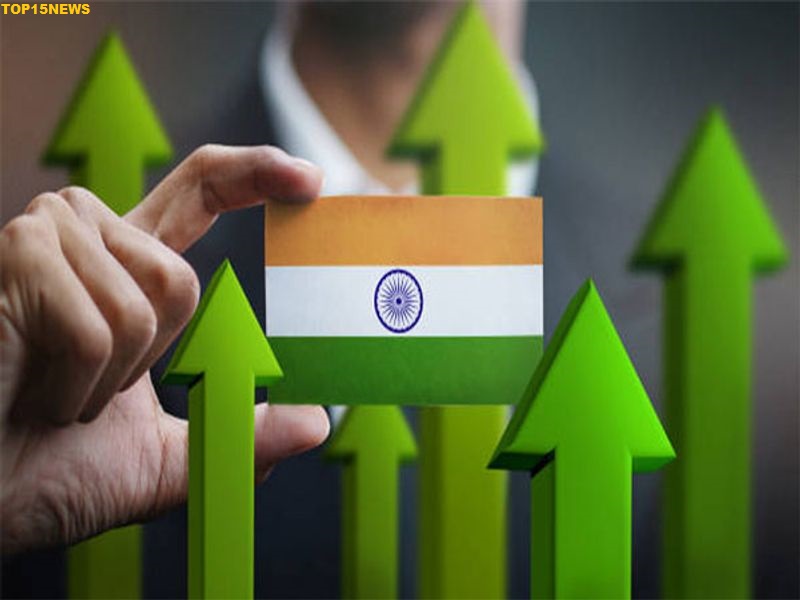India ranks among top world’s most equal societies, with a Gini Index of just 25.5, according to recently released World Bank data . This puts India fourth worldwide—just behind Slovakia, Slovenia, and Belarus—in terms of income equality.
This milestone not only reflects more shared growth but also highlights how policy efforts have tilted economic gains toward the bottom half of society.
India Ranks Among Top World’s Most Equal Societies – Gini Explained
The Gini Index is a measure of income distribution, where 0 means perfect equality and 100 extreme inequality. India’s current score of 25.5, down from 28.8 in 2011, signals steady progress toward income parity.
Poverty Reduction Powering Equality
A core reason why India ranks among top world’s most equal societies is its success in lifting 171 million people out of extreme poverty between 2011 and 2023—the poverty rate dropped from 16.2% to just 2.3%.
The steep decline, even with a raised poverty threshold of $3/day, underscores how deeply exclusion has been addressed.
Financial Inclusion’s Critical Role
Central to India’s drive has been targeting the unbanked. Over 556 million Jan Dhan accounts now exist, while Aadhaar coverage exceeds 1.42 billion people. These platforms help channel direct welfare support—saving roughly ₹3.48 lakh crore by March 2023 .

Such inclusion makes India ranks among top world’s most equal societies more than just a statistic—it’s a structural shift.
Welfare Schemes Driving Balanced Growth
Several flagship schemes have underpinned equality: Ayushman Bharat (health coverage), PMGKAY (food security benefiting 800 million), Stand-Up India (women and SC/ST entrepreneurship), and PM Vishwakarma (artisan loans and training).
Policymakers believe these schemes explain why India ranks among top world’s most equal societies today.
Trends across Rural and Urban India
Data shows rural extreme poverty dropped from 18.4% to 2.8%, and urban from 10.7% to 1.1%, reducing that gap from 7.7 to 1.7 points.
This convergence suggests why India ranks among top world’s most equal societies, with benefits flowing uniformly.
What This Means Globally
India outperforms advanced economies—with China’s Gini at 35.7, the U.S. at 41.8, and every G7/G20 member lagging behind.
So when we say India ranks among top world’s most equal societies, we’re comparing it not to peers alone, but to developed nations too.
Future Focus to Sustain Progress
While celebrating this status, India must ensure multidimensional poverty falls further (now around 15.5%) and close persistent disparities across states.
Continued investment in education, healthcare, financial access, and employment is critical if India ranks among top world’s most equal societies is to translate into lasting social equity.
Conclusion: Seven Takeaways Behind the Achievement
By focusing on the focus keyword, here are the seven takeaways explaining why India ranks among top world’s most equal societies:
- Steady Gini improvement – from 28.8 to 25.5.
- Massive poverty reduction – 171 million lifted above $2.15/day.
- Financial inclusion boost – over 55 crore Jan Dhan accounts, Aadhaar coverage.
- Welfare schemes – Ayushman Bharat, PMGKAY, Stand-Up India, PM Vishwakarma.
- Rural–Urban parity – narrowing poverty gap between regions.
- Global outperformance – beating China, U.S., G7/G20 averages.
- Next focus – address multidimensional poverty and state-level imbalances.
India ranks among top world’s most equal societies, but the challenge now is to maintain this momentum and turn equality statistics into lived social justice.
Kavad Yatra History: 3 Powerful Facts And Origins Revealed


[…] India Ranks Among Top World’s Most Equal Societies: Key Findings […]